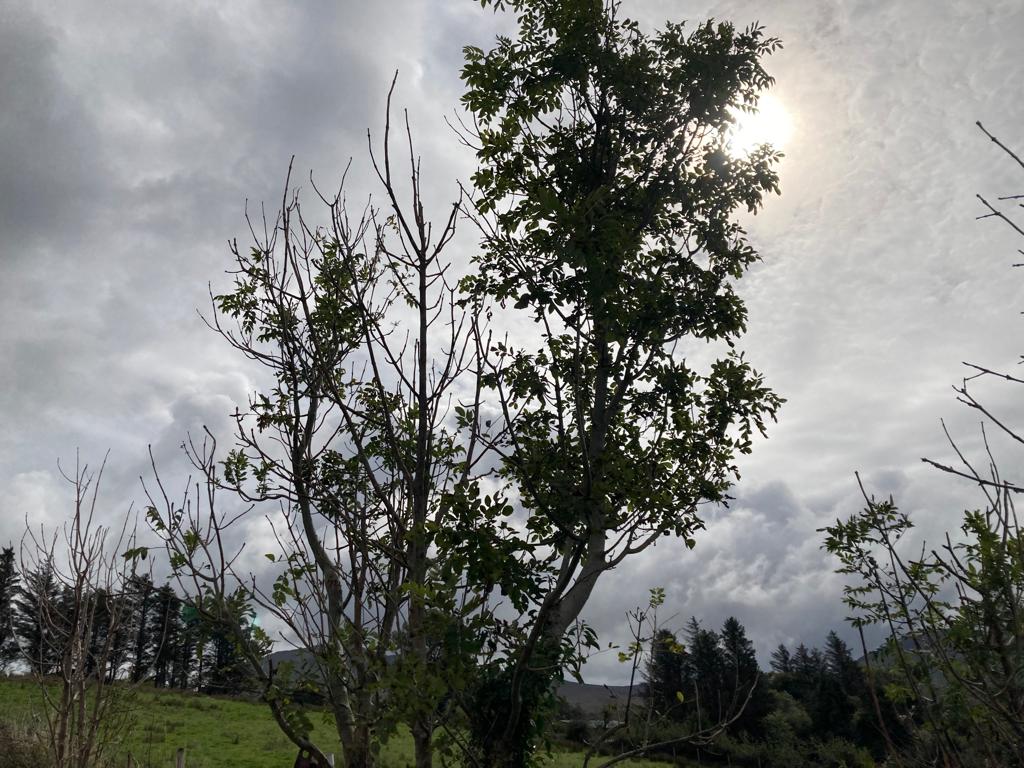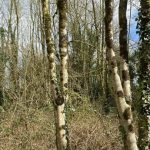
The Government is set to approve a €79.5 million package for farmers and landowners whose forests have been impacted by ash dieback.
Minister for Agriculture Charlie McConalogue and Minister of State Pippa Hackett will bring the proposal to the Cabinet this morning.
It provides a €5,000 per hectare payment to farmers who clear ash sites and re-establish new forests in their place.
This is in addition to an existing €160 million scheme that pays farmers to clear their ash forests and replant them with a different species.
The average ash plantation is three hectares, meaning a payment of €15,000 for those landowners, in addition to grants covering the costs of clearing and re-establishing the site.
The scheme would also mean a farmer with ten hectares of ash will be eligible to receive €50,000 alongside these other grants covering the cost of clearing and re-establishing the area.
Farmers who have already cleared and re-established sites under previous ash dieback schemes will also qualify for this €5,000 per hectare payment.
Last year, a Department of Agriculture, Food and the Marine report on the impact of ash dieback on growers said it should be treated as a national emergency and recommended ex gratia payments in recognition of the lack of an effective State scheme to manage the disease for many years.
Since then, frustration has intensified among more than 6,000 farmers and growers as they await news of the payments, having watched their trees wilt and die for 12 years from the time the disease arrived in Ireland.
The payments, of €5,000 per hectare, would be in addition to previously announced site clearance grants of €2,000 per hectare and up to €8,500 to reconstitute plantations.
The package set to be approved by the Government today represents a substantial increase in payments to growers who have complained that previous schemes failed to cover clearance costs or compensate for the loss of timber crops.
However, many growers want the full economic value of the trees they planted – had they reached maturity.
They maintain that ash dieback was allowed into the country by the Government through imported trees despite the fact the fungal disease had rapidly spread across Europe and the UK.
The first cases of the fungal disease were confirmed in Ireland in October 2012 in nursery trees imported from the Netherlands.
The trees were planted in various parts of the country and outbreaks of ash dieback followed, initially in Co Leitrim, followed by counties Meath, Monaghan and Galway.
The disease, which was airborne, quickly spread to native ash trees.
Ash dieback has since grown around the country and is also widespread in Northern Ireland.
Most ash growers are farmers – with the average size of plantations being three hectares.
Some forests were established more than 35 years ago after the forestry service encouraged the planting of ash trees on a commercial basis in the 1980s as demand for ash butts for hurley-making was high.
Other schemes were put in place by the Department of Agriculture, Food and the Marine – such as the Ash Dieback Reconstitution Scheme and the Reconstitution and Underplanting Scheme – but were deemed inadequate to address farmers’ losses.
Read full article at €79m ash dieback scheme set to be approved (rte.ie)
If you wish to find out more, please visit our websites




